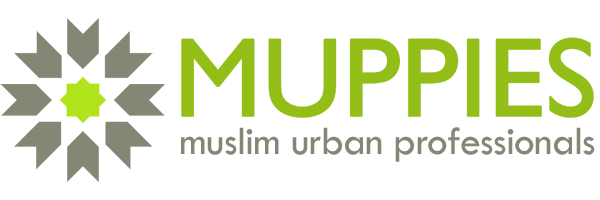
A group of working professionals from Muppies and Muslim Women in Tech came together to workshop with and give one-on-one career guidance to college seniors. Prior to breaking out into small groups to review and work on students’ resumes, this is what they had to share.
What is a Resume?
A resume is a summary of what you’ve done in the frame of what you’re hoping to do. What have you done, what are you pursuing now, and how have you been recognized? Your resume should prove that you would provide unique value to a potential employer. No matter what you studied, figure out what skills you can bring that can be transferable to the role you’re seeking.
Resumes are typically broken into logical sections that cover what you’ve done. The things to cover are:
- How to get in touch with you
Contact information - Why an employer should in touch with you
Education and the honors that you’ve gotten, including scholarships and your GPA, tell potential employers what you bring to the table.
Experience and the positions that you’ve held.
This section should indicate not just what you’ve done, but what you know how to do. Specify problems you faced and how you solved them. What results did you achieve? How did you achieve those results? Where did you achieve them?
Skills
There is debate over whether the information in each section makes more sense bullet-pointed or in sentences. Both of those work, in part, because resumes are just one tool for telling your story. The conventional wisdom is to use bullet points that focus on what you achieved, quantify those results, and describe how you achieved those results using the actions you took. Why did this need to happen? What was the situation?
It’s easy to waste a lot of time on a resume. Many think that to get through an algorithm, you have to include certain keywords or include a headshot or cover everything you’ve ever done. That’s not the highest yield use of your time.
The best use of your time is to make sure that your resume is seen by someone that you are going to be able to have a conversation with about working at a new place. You want to make that person understand why they should want to talk to you. Do what you can outside of the resume to get in front of that person. That can be through cold contacting, using your network, or using LinkedIn.
Make a LinkedIn profile. A lot of undergraduates think it’s too early but get on it because it’s a great resource!
- Upload a good headshot. It doesn’t have to be a professional photo. You can use someone’s iPhone in portrait mode. Research finds that LinkedIn profiles with profile pictures are 14x more likely to get views. 60% of the picture should be focused on your face.
- Add a background image. This increases views of your profile. You can add a skyline or a solid color, just make sure it isn’t too elaborate or distracting.
- Now, for the content. The first thing that you’ll see is a Summary tab. Similar to how an essay has a hook, you want the summary to hook potential employers. Tell a bit of your story.
- Next is the job or project Experience section. Just like in your resume, show, don’t tell. Don’t say that you’re a passionate person, show readers how you’re passionate. You can use sentences or bullet points, but whatever you choose, make sure it’s consistent throughout your profile.
- Fill in all parts of the profile. There are sections for clubs, endorsements, and recommendations. Add your skills to the skills section, especially if you’re in a technical field. Recruiters often search by filtering for skills.
- There’s also a section for Coursework, so if you don’t have a skill gained through work experience, you can show that you’ve learned that skill through coursework. Recruiters can understand from there that you have the skillset to be hired.
- And lastly, Grow your network. Add organizations like Muppies and Muslim Women in Technology. Members of these groups are open to connecting with you and helping you grow your network. Recruiters are also more likely to reach out if you have a connection in common. Referrals are a big part of this whole process, and LinkedIn makes referrals much easier.

